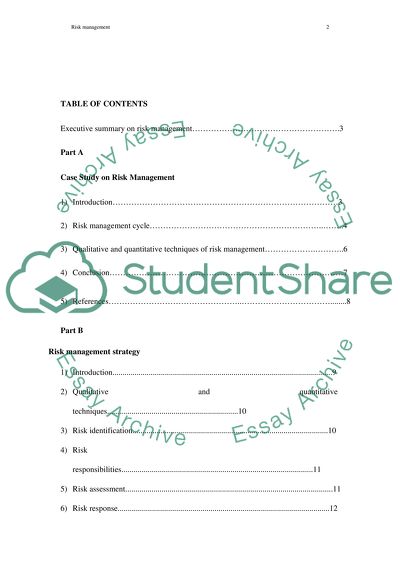Cite this document
(“Risk Management and Risk Management Strategy Case Study”, n.d.)
Retrieved from https://studentshare.org/macro-microeconomics/1423194-a-case-study-on-risk-management-b-risk-management
Retrieved from https://studentshare.org/macro-microeconomics/1423194-a-case-study-on-risk-management-b-risk-management
(Risk Management and Risk Management Strategy Case Study)
https://studentshare.org/macro-microeconomics/1423194-a-case-study-on-risk-management-b-risk-management.
https://studentshare.org/macro-microeconomics/1423194-a-case-study-on-risk-management-b-risk-management.
“Risk Management and Risk Management Strategy Case Study”, n.d. https://studentshare.org/macro-microeconomics/1423194-a-case-study-on-risk-management-b-risk-management.


